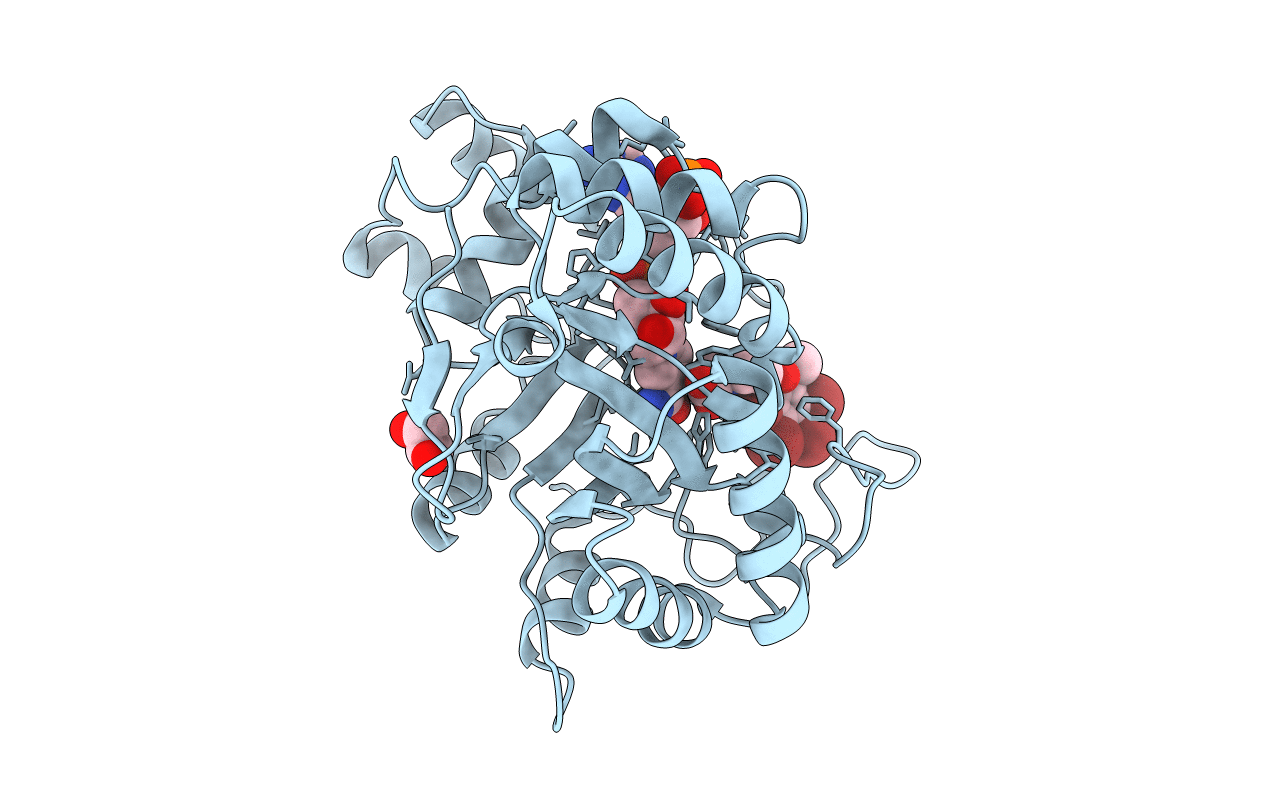
Deposition Date
2015-02-04
Release Date
2015-11-18
Last Version Date
2024-01-10
Entry Detail
PDB ID:
4XZL
Keywords:
Title:
Crystal structure of human AKR1B10 complexed with NADP+ and JF0049
Biological Source:
Source Organism:
Homo sapiens (Taxon ID: 9606)
Host Organism:
Method Details:
Experimental Method:
Resolution:
1.70 Å
R-Value Free:
0.23
R-Value Work:
0.20
R-Value Observed:
0.21
Space Group:
P 31


